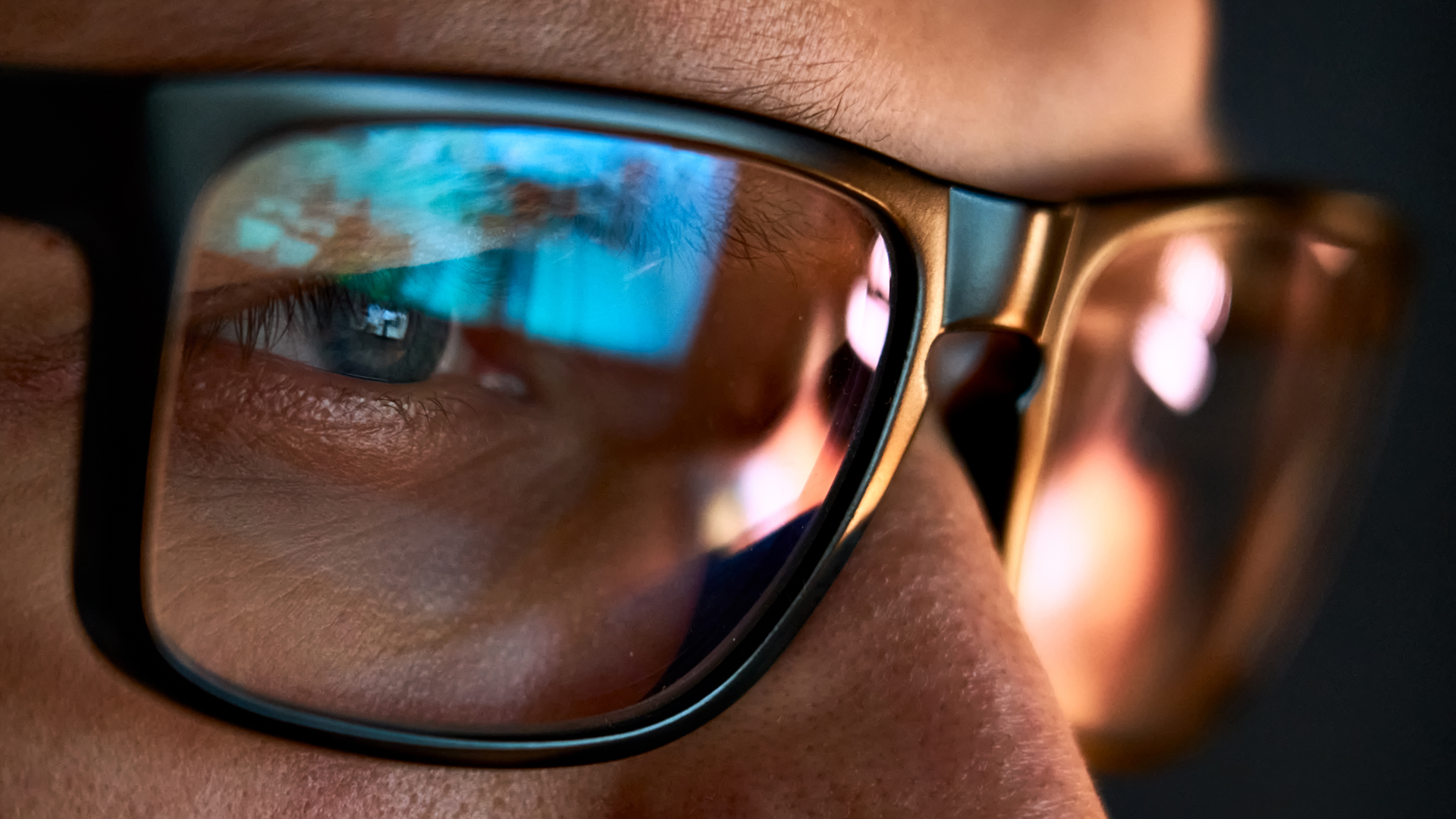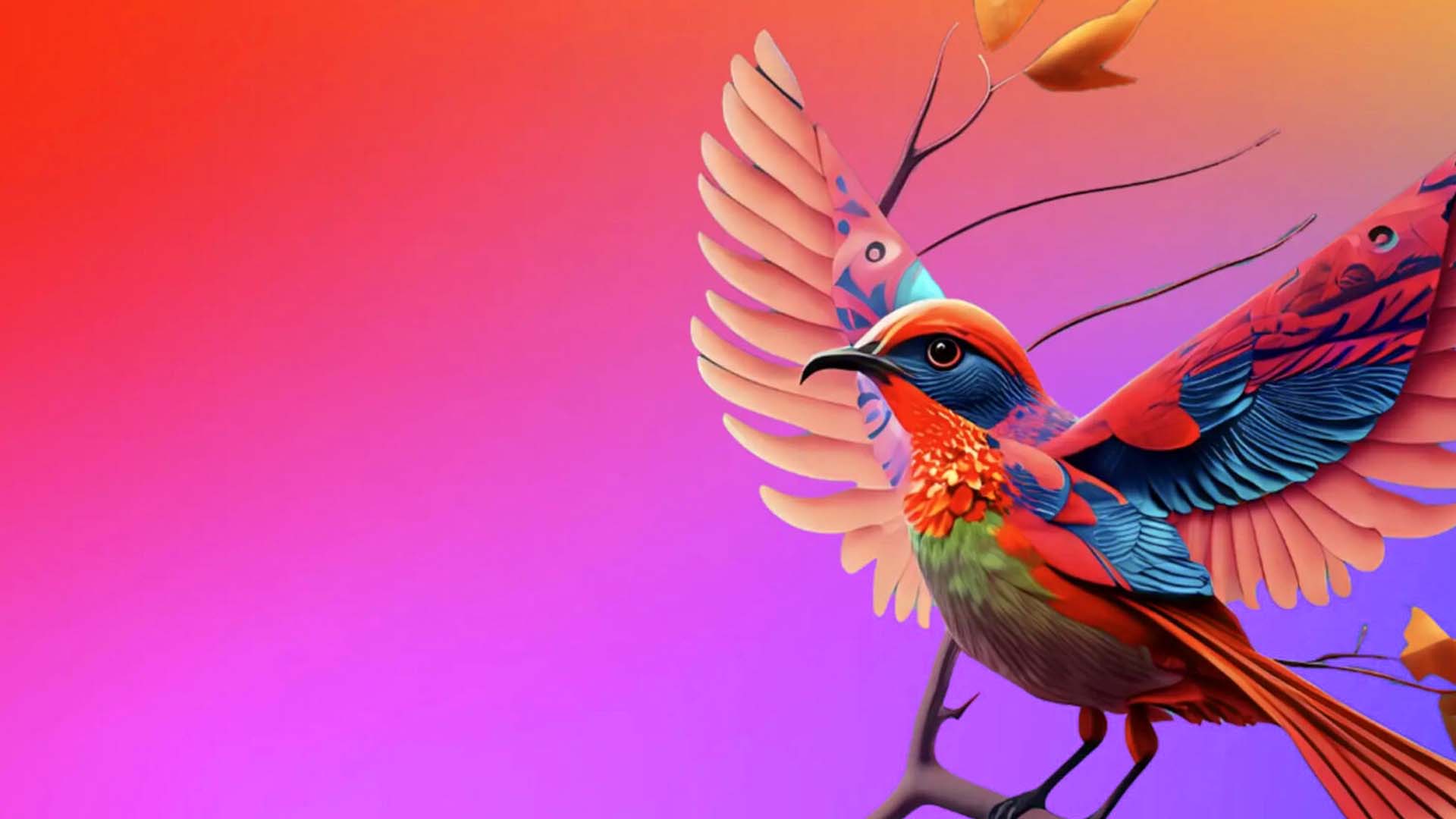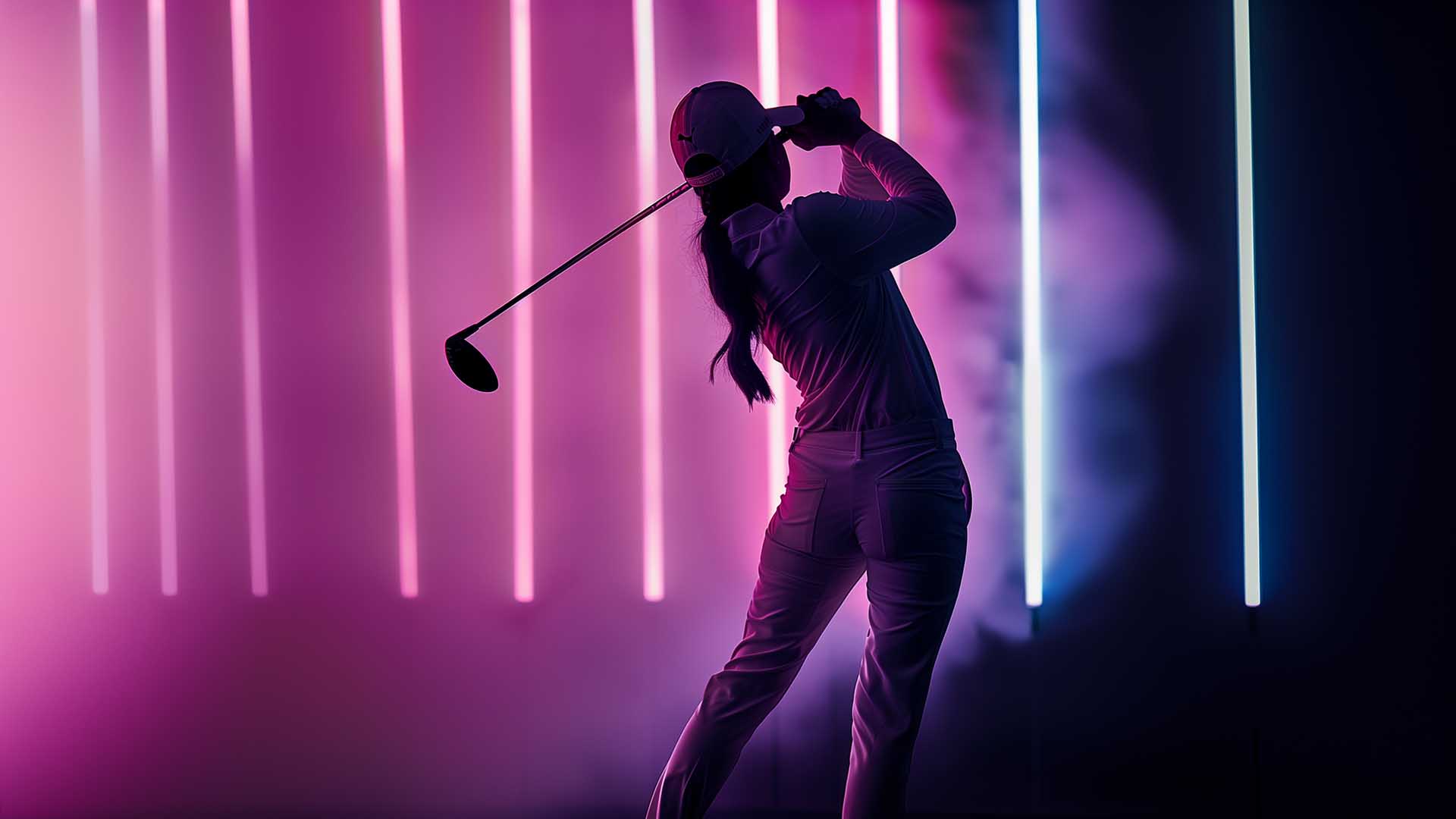
A Guide To AI Video Production (2025)
AI & Video Production updated on 13/03/2025
Artificial Intelligence was the new trend in 2023. Between Chat GPT, and Midjourney, we’ve seen a potential future whereby the written word, and the still image could be created by an AI. Is this the end of human creativity? (spoiler, no) and what’s next for video?
While the internet lost its collective mind over the potential of AI, I was reminded of a project from 2019; Lexus, Driven By Intuition. This car advert was an experiment in AI script-writing. Partnering with IBM to use its Watson technology, Lexus and The&Partnership input 15 years’ of Cannes Lion award-winning ads and 10 years of the best ‘luxury’ ads, as well as additional data relating to ‘intuition’ and how people make decisions. Based on this data, Driven By Intuition was written.
The salient point of this experiment was that while the AI crafted a perfectly passable automotive advert; it left viewers slightly confused, and more importantly, it lacked originality. Driven By Intuition feels like a familiar car advert because it is just that… familiar.
What is the future of AI Video Production in 2025?
So, for a while at least, true originality and creativity can be left to the human mind. Ultimately a lot of the AI technology out there still recycles deep, human-created data resulting in simple variations of what has come before.
However, that is not to say that Artificial Intelligence doesn’t have a place in the armoury of video production agencies. In fact, AI has become a hot conversation, and one of the dominant trends in our rundown of 2025 video marketing statistics. The majority of accessible AI video production tools have an incredible power to elevate the production process, and either embolden creative ideas or at the very least, simplify the process.
Lambda Films is a video production company that has been fully embracing the range of AI tools for video production. So, in this post we’ll be dissecting the future of AI video production by examining the tools and platforms available at each stage of the production process.
Contents
How can AI be used in video production?
Ideation & Scriptwriting: ChatGPT, Jasper, Claude & Deepseek.
Concept Art & Storyboarding: Midjourney, Dall-e & Flux
Text-To-Video: Pika Labs, Sora, Luma Labs, Runway, Kling, Minimax & Google Veo2
Video Generation: Synthesia & HeyGen
Animation: Runway Act-One
Artificial Voice Over: ElevenLabs, Play.ht & Descript
Adobe Firefly AI
Colour Correction: Colorlab AI
Automated Captioning: YouTube
Lip Syncing & dubbing: Runway & HeyGen
Music Generation: AIVA, Tracks, Stableaudio & Suno
Honourable Mention: EMO & VASA 1
ISSUES SURROUNDING AI VIDEO PRODUCTION
Ethical Concerns
Quality & Creativity Limitations
Bias & Representation
DRAWBACKS OF USING AI IN VIDEO PRODUCTION
Storyboard Creation
Scriptwriting with emotional depth
Understanding symbolism and thematic depth
Pre-Production
Ideation & Scriptwriting
AI-powered Large Language Models (LLMs) ChatGPT, Jasper, Claude, and Deepseek can change the way creatives approach ideation and scriptwriting. These AI tools act as brainstorming partners, story architects, and dialogue refiners, helping to shape rough ideas into structured narratives with speed and efficiency. Their power lies in being able to respond to human questions and suggestions in a conversational way that makes shaping creative ideas fast and efficient.
CHATGPT is a highly versatile LLM, great for creative writing, ideation, and structured responses making it a strong tool for brainstorming and script refinement. However, it can sometimes generate generic or overly polished responses without deeper contextual nuance.
CLAUDE is known for its nuanced, thoughtful responses and ability to handle long-form content efficiently, making it useful for detailed scripts and structured storytelling. Its cautious approach can make it less creative or dynamic when generating high-energy marketing copy.
JASPER AI specialises in marketing and copywriting, optimised for brand voice consistency and conversion-focused content, making it ideal for commercial scripts and ad copy. However, it lacks the broader creative flexibility of other models and is more rigid in its output.
DEEPSEEK is designed for precision-driven text generation, excelling at structured writing, technical breakdowns, and analytical storytelling, making it a strong choice for clear, logical script structuring. Its responses can sometimes feel too methodical, lacking the spontaneous creativity needed for certain storytelling formats.
Concept Art & Storyboarding
Text-to-image AI generators are transforming concept art and storyboarding, allowing filmmakers and creatives to visualise ideas instantly, without needing traditional illustration skills. These tools can generate everything from cinematic mood boards to detailed shot compositions, making pitching and pre-production faster, more effective and visually compelling.
MIDJOURNEY is where it all started, and for many uses, remains the most powerful and effective text-to-image generator. Midjourney produces stunning, highly stylised, and cinematic visuals, making it ideal for atmospheric concept art and high-impact storyboards. However, its focus on artistic aesthetics can sometimes prioritise style over accuracy, making it less reliable for precise, photorealistic depictions.
DALL-E excels at prompt accuracy and controlled composition, making it well-suited for specific shot planning and detailed visual references. While capable of realism, it sometimes struggles with fine details, particularly in complex character consistency and hands.
STABLE DIFFUSION offers the most customisability, allowing users to fine-tune models for unique visual styles and branded aesthetics. However, the platform requires technical knowledge and model training to achieve consistent, high-quality results, making it less user-friendly for quick ideation.
FLUX specialises in dynamic, motion-ready visuals, making it a great choice for animatic-style concept art and fluid pre-visualisation. However, note that it is still in early development compared to other platforms, leading to inconsistencies in rendering complex cinematic compositions.
ADOBE FIREFLY is specifically designed for commercially safe, brand-friendly visuals, integrating seamlessly with Photoshop and Illustrator for easy post-editing and refinement. This does make it more constrained in creative freedom and style variety, often producing safer, less experimental results compared to MidJourney or Stable Diffusion.
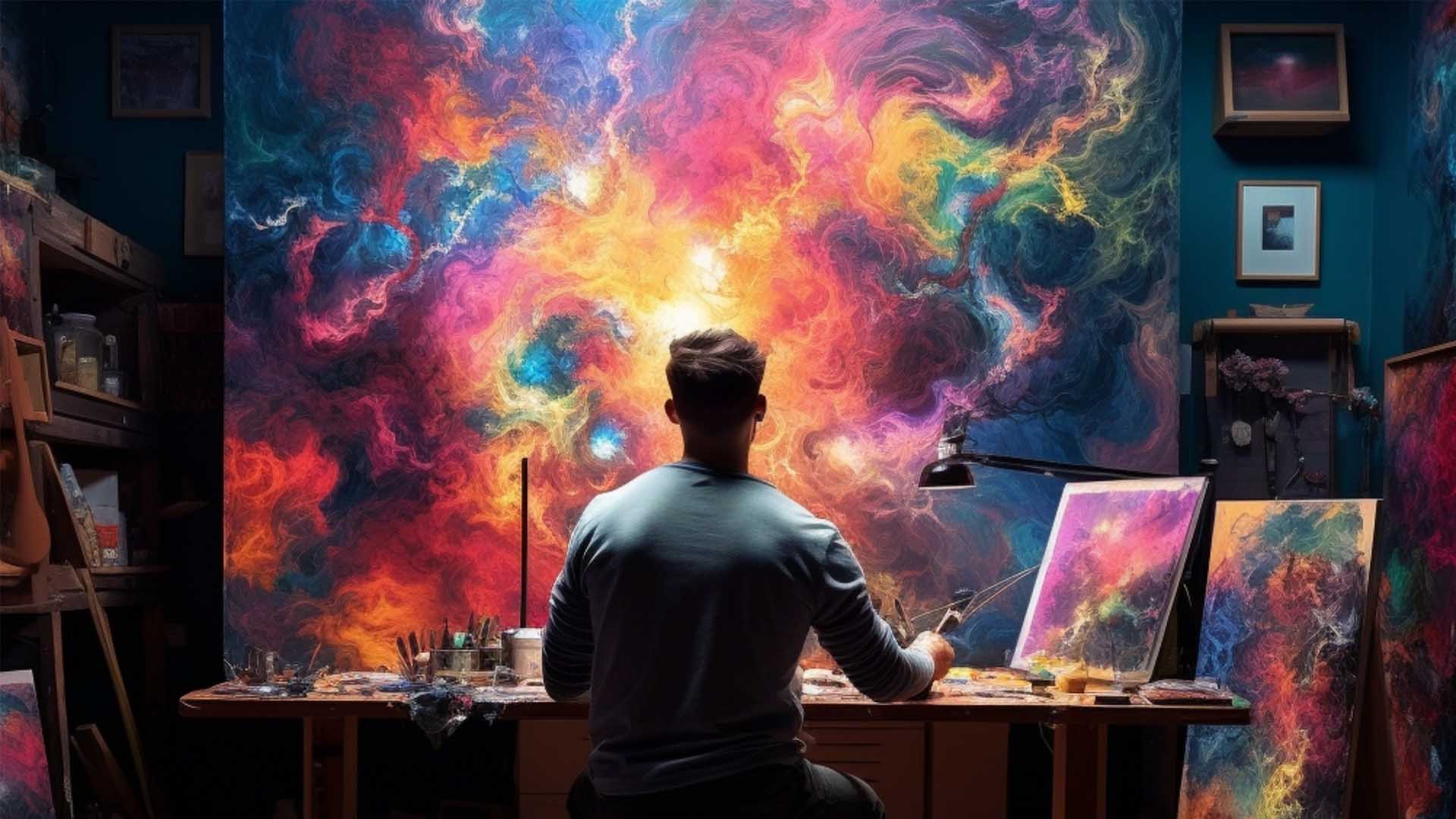
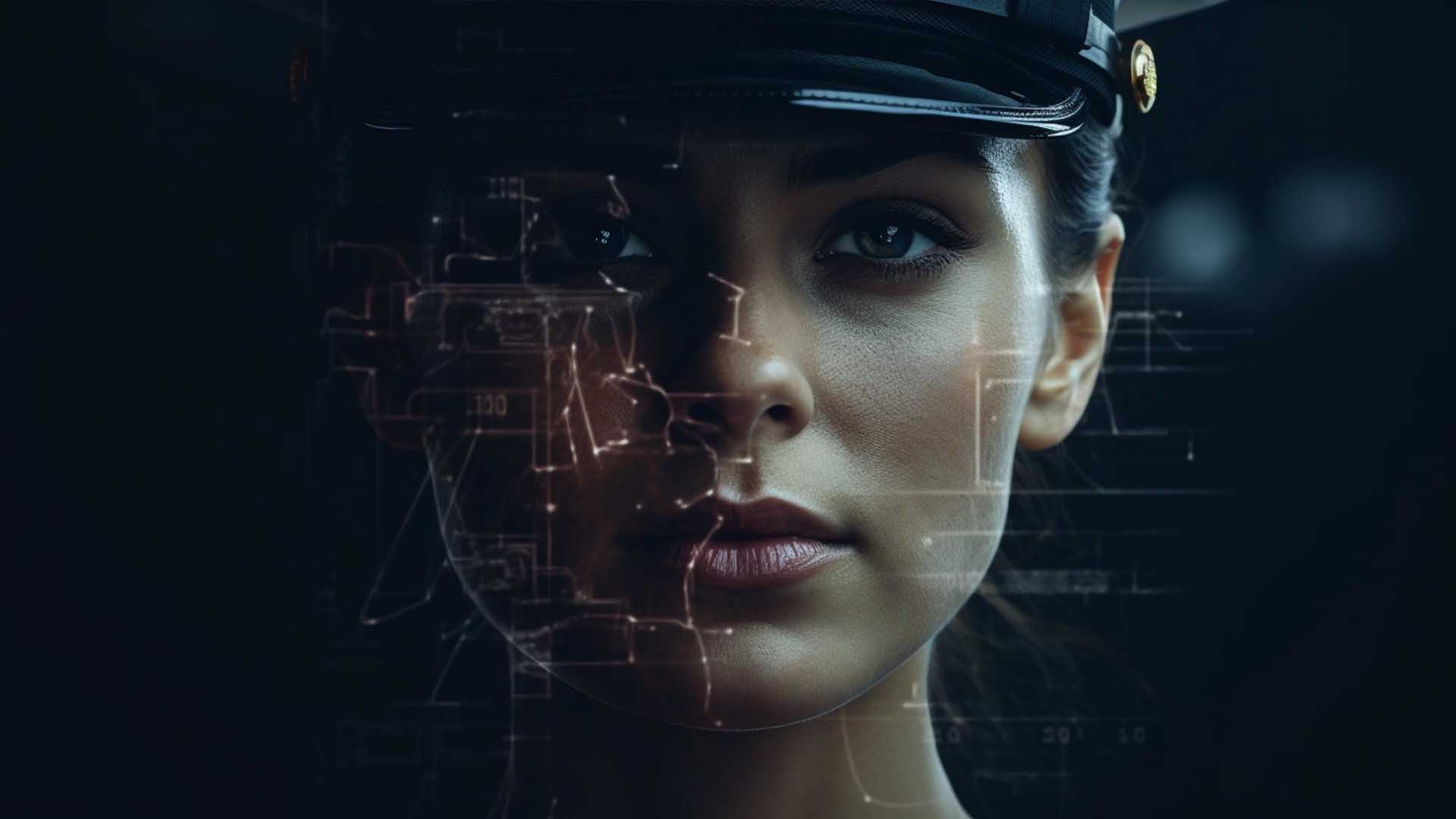
Video Production
Text / Image-To-Video
AI-powered text-to-video and image-to-video generators are revolutionising production by enabling creators to generate cinematic shots, dynamic sequences, and motion-enhanced concepts without traditional filming or animation workflows. These tools can transform static images into animated sequences or create entirely AI-driven videos from text prompts, making pre-visualisation, marketing content, and experimental filmmaking faster and more accessible than ever.
PIKA LABS was the first out the gate with a public platform, pioneering accessible text-to-video capabilities. The online platform is able to produce small video clips as live action or animation, based purely on a descriptive sentence from the user. It also has a Pikaframe feature, creating motion transitions between two still images. Pika gets a mention as first to market, but the quality and realism of its video remains far behind similar platforms.
SORA was announced in February 2024 to much fanfare. However, what followed was a slow rollout and mass adoption of other platforms. Since it’s wider release Sora has received mixed reviews. You can read our full guide to Sora for Video Production here. OpenAI have been transparent about the current limitations of the platform; namely an understanding of physics, cause and effect and spatial difference.
DREAM MACHINE from Luma Labs is another early platform available for public access. Since the launch of Ray2, it’s large–scale video generative model. Dream Machine has become a major player, capable of creating realistic visuals with natural, coherent motion. It has strong understanding of text instructions and can take image and video as input.
RUNWAY started as a collection of small, helpful tools for AI Production. However, with the release of Runway V3 Turbo, the platform has arguably become the home of AI video production. It boasts a powerful text and image-to-video generator with additional features such as stipulating first, middle and end frames plus a degree of camera control. Combine this with the other Runway tools available for an end-to-end service in AI filmmaking.
KLING is a rapidly-growing platform that boasts incredible motion controls, such as camera movements and its unique motion brush tool, for generating AI video. However, despite these powerful features, the resulting clips severely lack in realism, both in look and movement.
MINIMAX / HAILUO AI is another growing platform that became recognised due to its exceptionally realistic motion and cinematic frame rates. While it is certainly capable of great results, it is lacking in the finer controls of other platforms.
VEO 2 from Google finally joined the ranks in December 2024. Already, Leo 2 is being considered as the market leader in realistic video generation.
These tools are an incredible resource for media production companies, whether they’re producing social media or high-end advertising. Trends such as faux-out-of-home is particularly suited to these video generation tools, but at their most basic, the ability to generate ‘unique’ visuals is a powerful addition to the production process.
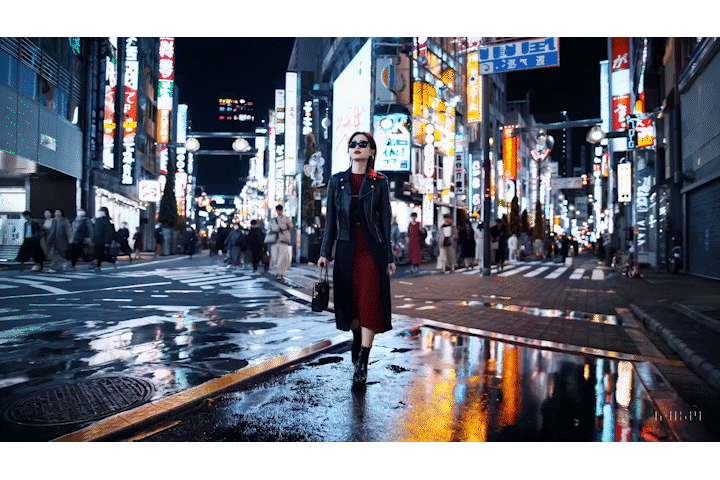
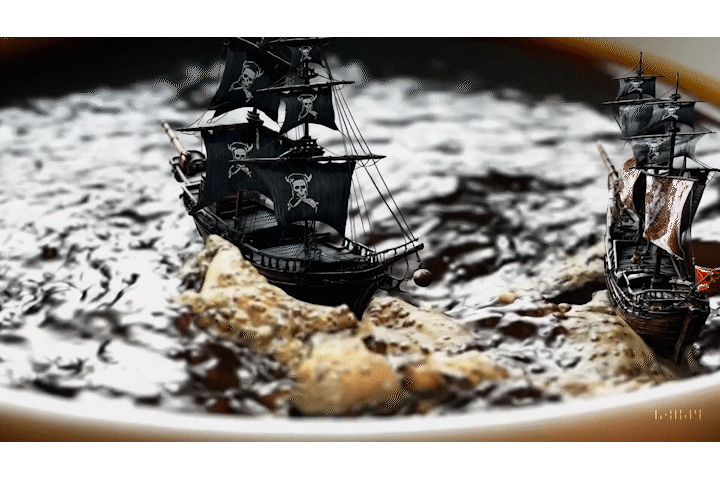

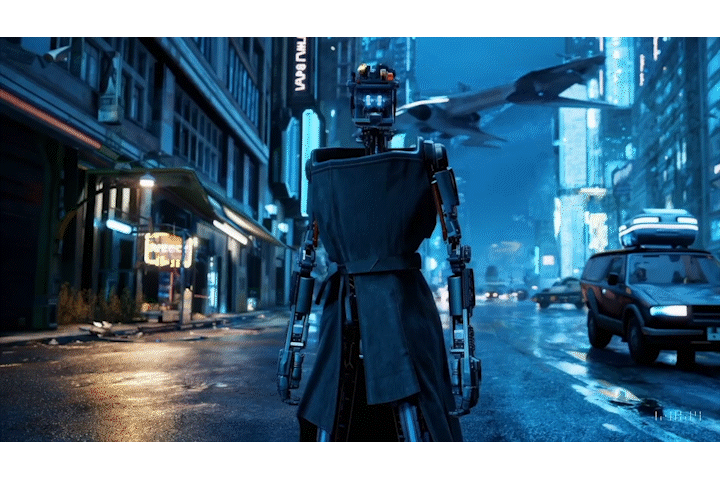
Video Avatars
AI avatars and digital twins are transforming video production by creating lifelike, AI-driven presenters that can deliver scripted content without the need for live actors or studio shoots. These tools use advanced AI to generate realistic virtual presenters, making corporate communications, training videos, and marketing content scalable, cost-effective, and highly customisable.
SYNTHESIA was the first to market in the field of AI avatars. It paved the way for users to easily create presenter-led, e-learning and thought-leadership videos using only a simple text script. The technology and results are impressive, and if users have basic editing skills, then their AI presentation can be augmented with stock video, images and music to produce professional content. However, today, Synthesia can create realistic digital twins based on the user themselves. Video content can now be created with a choice of stock avatars, or your very own likeness.
HEYGEN is a very similar platform to Synthesia, delivering the same functionality with arguably, the same level of quality. HeyGen was first developed with translation and re-dubbing at its core, and has rolled this into its AI avatar development. Using your own digital twin, you can deliver content in almost any language. For transparency, Synthesia offers the same functionality.
RENDERNET gets an honourable mention. This platform is perfect for creating AI avatars and AI influencers, with fantastic consistency across both images and video.
Animation
AI generated animation obeys much of the same rules as AI video production, and ultimately can be generated with many fo the same tools we’ve covered in the production section.
RUNWAY ACT ONE however gets a special mention for empowering users to use raw video to control exact movements, gestures and facial expressions of their animated stills.
Artificial Voice Over
It seems we’re slowly moving away from the robotic tones of Alexa & Siri, with a range of tools capable of producing like life narration from a users script. This has been instrumental in the early production process, providing a means for draft voice overs to inform accurate editing of drafts, and animatics for creative pitches.
ELEVENLABS is one of the most realistic AI voice generators, producing voices with natural intonation, expressive emotion, and human-like cadence. It is particularly strong in advertising, commercial voiceovers, and character-driven storytelling, where authenticity and nuance matter. With multi-language support and custom voice cloning, ElevenLabs offers flexibility for brands looking to create high-quality voiceovers that sound indistinguishable from real human speech.
PLAY.HT provides a vast library of natural-sounding AI voices with deep control over tone, pitch, and emphasis, making it ideal for e-learning, audiobooks, and corporate training. It allows users to fine-tune speech delivery to match the style and emotion required, ensuring that business narrations sound professional and engaging. Its ability to generate real-time speech with different emotional tones makes it a strong choice for educational and long-form content that demands a consistent yet adaptable voice.
Post-Production
Generative AI in Editing
ADOBE FIREFLY In April 2024, Adobe announced that Firefly AI will become part of future iterations of Premiere Pro. Through Firefly, PP will have integrated support for generative AI tools such as Pika, Runway & Sora. This is a huge step in creating a seamless, AI-powered post-production workflow. The strength of this integration lies in the swift creation of AI generated b-roll & stock footage, image replacement and clean-up. For more information, read our article about Firefly & AI Post Production.
Color Correction
COLORLAB AI useS machine learning algorithms to analyse raw footage and automatically adjust colour grading, making it faster and easier to achieve a desired look.
Lip-syncing & dubbing
HEYGEN gets a second listing for its pioneering position in revolutionising the localisation process in video & commercial production. Previously, localisation would require dubbing or subtitle integration. With HeyGen, you can retain your original talent and the tool will automatically translate, dub and lip-sync a localised script in the talent’s original voice.
Honourable Mentions
EMO is a tool that is just so damn cool. Much like Microsoft’s VASA-1, EMO can take a still image of a person and generate realistic human emotion & movement, coupled with dubbing and lip-syncing. Where it differs however, is that EMO has a strength in generating humanism in response to song.
VASA-1 from Microsoft has the ability to generate realistic human movement and emotion from a written script. However, the real power of VASA-1 comes from its ability to use a single still photo of a real person rather than an AI-generated avatar. In production & business applications, this could be a huge step in generating thought-leadership, internal comms and training videos using a recognisable personality. However, the flip-side is the very real mis-use of this technology to create believable deepfakes and harmful content. Microsoft themselves stipulate that VASA-1 won’t be openly available until this technology will be used responsibly. So, never then?
Issues surrounding AI in video production
Ethical Concerns
AI can create realistic images and videos, including deepfakes, which pose ethical challenges. These deepfakes can be used for misinformation, propaganda, or impersonating individuals, raising concerns about consent and the potential for misuse.
Quality and Creativity Limitations
While AI can efficiently produce content, there are concerns about its ability to match the creative nuances and quality that experienced human professionals bring. AI-generated videos might lack the emotional depth, artistic flair, and storytelling prowess that come from human creativity.
Bias and Representation
AI systems can inadvertently perpetuate biases present in their training data. In video production, this could lead to the creation of content that lacks diversity or reinforces stereotypes, impacting representation and fairness.
Drawbacks of using AI in video production
Storyboard Creation
Storyboarding is a crucial step where the visual narrative of a video is sketched out, scene by scene. It requires a deep understanding of the narrative, artistic vision, and the emotional flow of the story. AI currently struggles with these creative and interpretive aspects. It may assist in generating basic layouts or suggesting compositions based on existing templates, but it lacks the nuanced understanding of storytelling and visual symbolism that a human artist brings to a storyboard.
Scriptwriting with Emotional Depth
AI can generate scripts based on predefined parameters and data inputs, but it often struggles to infuse scripts with nuanced emotional depth and character development. Human scriptwriters draw from personal experiences, cultural nuances, and a deep understanding of human emotions, which are areas where AI lacks proficiency. AI-generated scripts may end up being formulaic or lacking in the subtleties that make stories compelling and relatable.
Understanding Symbolism and Thematic Depth
In video production, symbolism and thematic elements are often used to add depth and layers of meaning to the narrative. AI has difficulty understanding and implementing these subtle and abstract concepts. While it can identify and replicate patterns, the ability to creatively use symbolism and weave complex themes into a narrative is a distinctly human skill that AI has yet to master.
Will AI replace video production?
Overall, AI is transforming the world of video production in a variety of ways, from streamlining the pre-production process to optimizing production and enhancing post-production. While there are still many areas where human creativity and expertise are indispensable, the increasing use of AI is making video production faster, more efficient, and more engaging than ever before.
As the technology continues to evolve, we can expect to see even more exciting applications of AI in video production in the future. As for the answer to the big question…? We envisage a video production industry that is far more weighted to the post-production process where editors will cross with prompt engineers.
Platforms such as Sora & Pika Labs will provide a greater resource for filmmakers to produce small clips and visuals that push the creative production values of their work. Knowledge and understanding of these platforms will become a necessary addition to the range of professional video production services offered by agencies. However, until these platforms can create coherent sequences (as well as overcome other limitations) they will occupy the same space as traditional stock footage sites. As of 2025 however, we are starting to see the rise of the AI Video Production Company. These agencies are either blending AI capabilities with their own professional video services or, they are the new breed of entirely desktop-based production.


